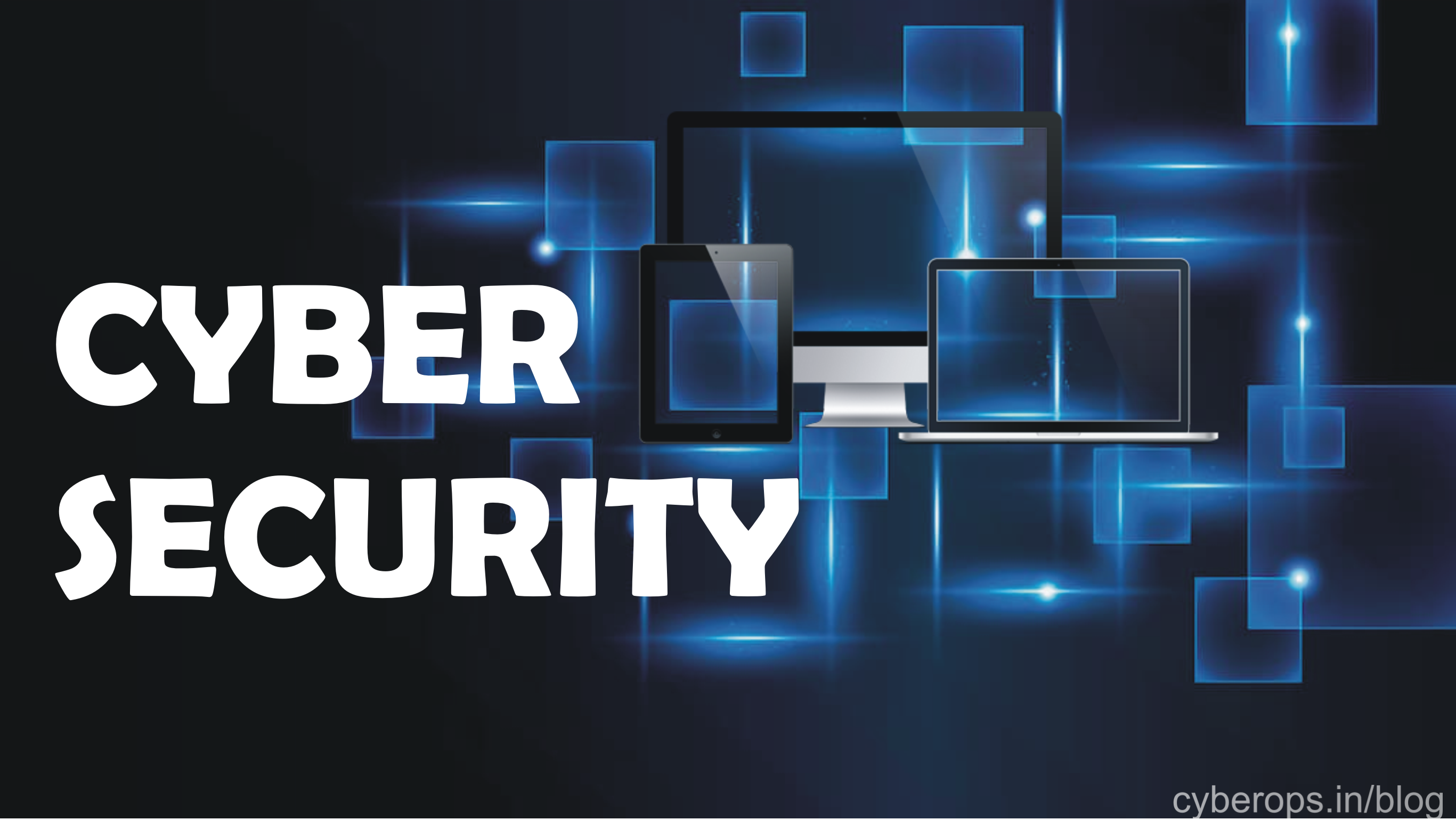Top Cybersecurity alterations of 2017
By Prempal Singh

It could be easy to lose eyesight of the innovation in the cybersecurity industry among the frequent news about breaches and increasingly complex hackers. Among all the chaos, additionally, there are many encouraging innovations are gaining grip and could replace the way enterprises conduct business.
So far this yr, there have been 3 key cyber security developments including blockchain, cloud security, and machine learning/artificial intelligence (AI). Michael Whitener, VLP Spouse, sat down with Interior Counsel to discuss the new cybersecurity developments of 2017 and how they will affect the way forward for the industry.
According to Whitener, the beauty of blockchain from a cyber security perspective is the fact it details the key weakness of traditional cyber security measures, which give attention to shoring up the intrusion barriers around a centralized data repository, or “trusted hub. “With blockchain, there is no single centralized authority. Rather, there is a decentralized record of digital incidents that is shared with many different parties.
“Protecting a single centralized database against cyber attacks is innately problematic because even with strong cryptographic codes (for example) in place, there is always the likelihood of an intruder getting access through a backdoor or an accidental or deliberate sharing of the encryption keys, ” this individual explained. “With blockchain alternatives, however, the intruder would have to simultaneously strike all of the distributed copies of the databases rather than a solitary data repository Participants in the blockchain network would be immediately alerted to the unauthorized tampering with the network. ”
Also, storage purpose is a two-edged sword from a cyber security perspective. While cloud services allow the freelancing of data security to a third party with potentially greater cyber security resources and sophistication, it also supplies a centralized target for hackers, and so it can cause increased weakness. Cloud services will promote the security with their platforms through advanced exclusive technologies and the obtaining of security certifications. Nevertheless, customers will expect their cloud companies to return up their security statements by assuming full contractual liability in the instance of a data breach.
The use of AI in cyber security contains the promise of allowing intelligent IT systems to not only react instantly in real time to cyber threats, but to constantly discover new threats on the horizon and the way to discover and respond immediately to them.
“For instance, AI permits the instant posting of knowledge with and cooperation among a network of AI agents to defend against cyber attacks, inch Whitener said. “AI also allows an IT system to “learn” what may constitute suspicious activity that signals a cyber attack and immediately launch countermeasures to protect the system.
So, these dynamic AI-fueled protocols are far superior to conventional IT security measures, which rely on fixed algorithms (hard-wired reason to make decisions) that are ineffective in fighting dynamically evolving cyber attacks.
Generally, there are also a number of exciting new cybersecurity alternatives being developed in an effort to stay one step ahead of cyber hackers. According to Whitener, among the most promising tools in the cyber security toolkit are biometric authentication, profound learning, and big data.
First, increased use of biometric authentication is being used to confirm a user’s identity, to reduce simple breaches of security via password theft. Appear for biometric sensors constructed into computer touchpads, new face recognition technologies, and even behavior-based authentication. Second, “deep learning” detection technologies that can identify unknown code as malicious or harmless almost instantly, respond properly, and then educate the complete security ecosystem about what was learned and the action taken. And 1/3, leveraging of massive data for the greater understanding of security threats and the capability to hook up the dots among imprudence threat actors and tried hacks.
What does would be the most significant cyber security development of 2017? Whitener forecast it can easily be a development in the AI space.
“Specifically, there have recently been some fascinating developments regarding nature-inspired AI technologies that actually mimic biological systems, ” he explained. “These technologies work like a biological immune system may – detecting and vaccinating against intrusions just as a living organism would, adapting to changing surroundings and capable of constant and dynamic learning. In essence, these AI cybersecurity alternatives will permit a data network to automatically react to a cyber attack and ‘self-heal’ afterward”.
Above the next five years, as digital assets continue to grow in importance from both a commercial and political perspective, in accordance to Whitener, cybersecurity will remain a concern for both businesses and authorities. Unfortunately, he admits that people will likely see cyber attacks increasingly used as a political weapon, as specified by Russia’s alleged {disturbance|distraction} with last year’s Circumstance. S. presidential election.
“Of particular concern is the likelihood that even small countries and non-state vigilantes could launch a cyber attack using so-called ‘logic bombs’ that can disrupt the essential infrastructure facilities of the United States or other countries, ” he described. “Therefore cyber security may get equal footing with provided forces as an essential means of preserving countrywide security.
Source: insidecounsel.com

